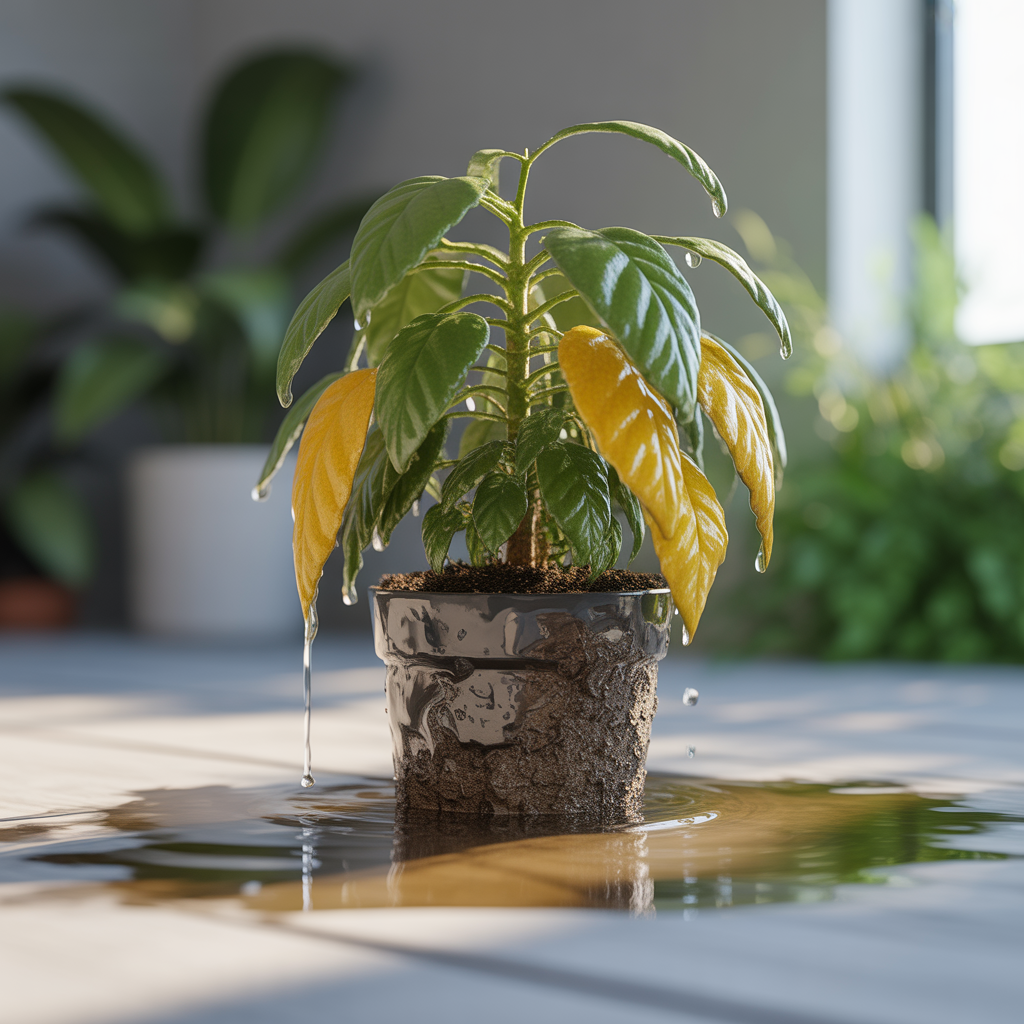
You Are Killing Your Plants! (By Overwatering)
If you’ve ever looked at a drooping plant and thought, “Maybe it just needs more water,” you’re not alone.
It’s one of the most common mistakes gardeners — especially beginners — make.
We want our plants to thrive, so we give them what we think is love: frequent watering.
But here’s the uncomfortable truth — overwatering is often more deadly than forgetting to water at all.
Why Too Much Water Is a Problem
Plants need water, yes, but they also need air. Their roots breathe through tiny spaces in the soil.
When the soil is constantly wet, those spaces fill with water instead of oxygen.
The roots suffocate, start to rot, and can no longer send nutrients up to the leaves.
That’s when you’ll see yellowing foliage, limp stems, or even a strange swampy smell from the pot.
The Signs You’re Overdoing It
It can be sneaky — overwatered plants sometimes look like they’re thirsty because their roots are damaged and can’t absorb water properly.
If your plant’s leaves are yellow and soft, or you spot mold on the soil surface, it’s time to step away from the watering can.
Finding the Balance
The key is to water deeply but less often. Let the top inch of soil dry out before watering again.
Different plants have different needs — leafy greens love consistent moisture, while herbs like rosemary and thyme prefer to dry out a bit between drinks.
Weather also plays a role: hot, sunny days call for more frequent watering than cool, cloudy ones.
Here’s the takeaway:
Your plants don’t need a flood of attention — they need the right kind of care.
Give their roots room to breathe, and you’ll be rewarded with stronger, healthier growth and fewer plant emergencies.
Share
